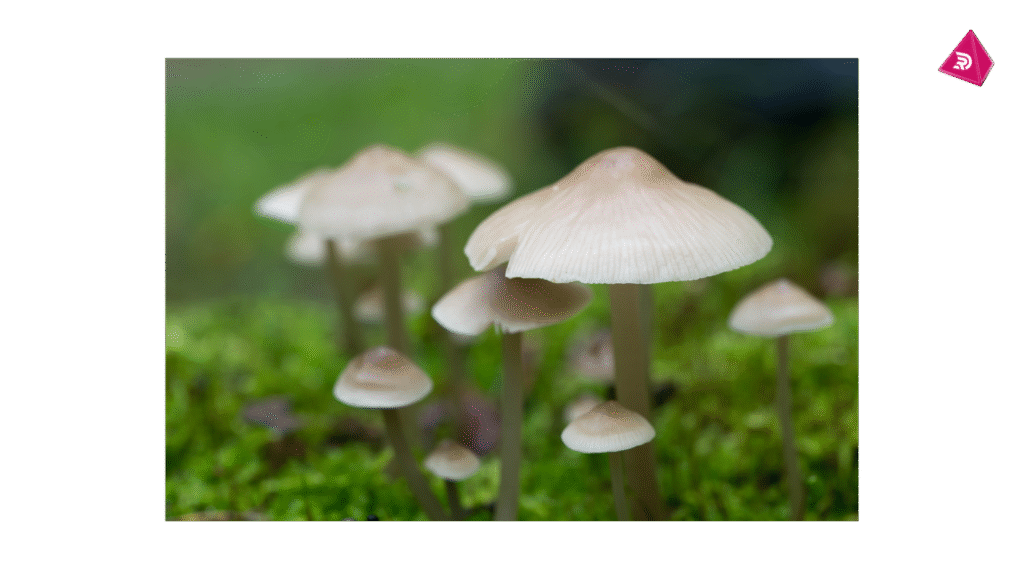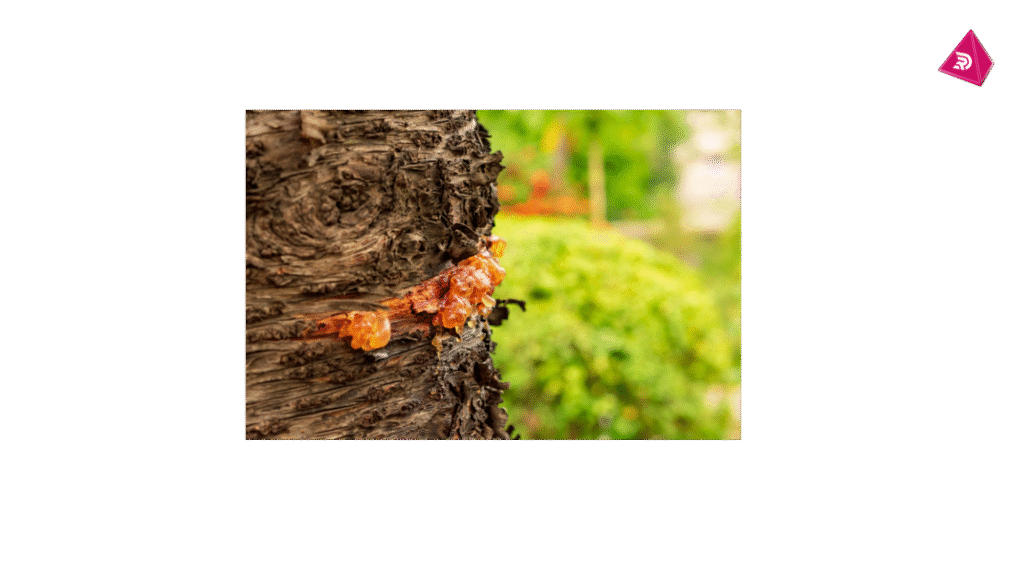Saprotrophs
Key Notes :
Definition:
- Saprotrophs are organisms that obtain their nutrition by breaking down dead and decaying organic matter into simpler substances.
- The term “saprotroph” comes from the Greek words sapro (rotten) and troph (nutrition).

Examples:
- Common examples include fungi (like mushrooms and molds) and some bacteria.
Mode of Nutrition:
- Saprotrophs follow a mode of nutrition known as saprotrophic nutrition, where they release digestive enzymes onto dead matter.
- These enzymes break down complex organic substances (like proteins and carbohydrates) into simpler forms, which are then absorbed by the organism.

Role in the Ecosystem:

- Decomposers: Saprotrophs play a critical role as decomposers in the ecosystem.
- They recycle nutrients back into the soil, which helps plants grow. This maintains the balance of nutrients in nature.
Habitat:
- Saprotrophs thrive in moist, warm environments where dead and decaying matter is abundant, such as soil, decaying wood, or leaf litter.
Importance:

- Nutrient Cycling: They help in the decomposition process, which releases nutrients like nitrogen and phosphorus into the soil.
- Cleaning the Environment: By breaking down dead matter, saprotrophs help keep the environment clean.

Difference from Parasites:
- Unlike parasites, saprotrophs do not harm living organisms. They feed only on non-living organic matter.
Saprotrophs and Humans:
- Some saprotrophic fungi are used in food production (e.g., yeast in bread and alcohol production).
- Others, like molds, may cause food spoilage if not controlled.
Let’s practice!

